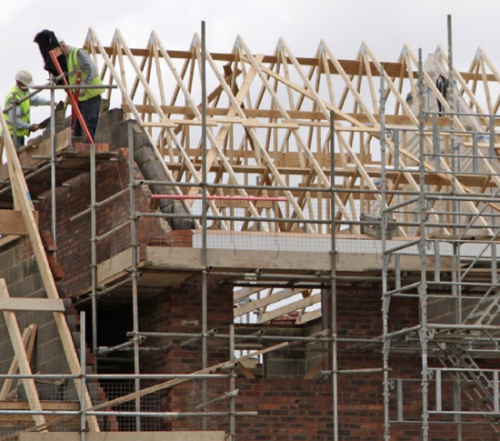 SME house-builders are experiencing growing barriers to growth according to the latest survey from the Federation of Master Builders (FMB), which found that land supply has become the biggest barrier to increasing output.
SME house-builders are experiencing growing barriers to growth according to the latest survey from the Federation of Master Builders (FMB), which found that land supply has become the biggest barrier to increasing output.
The FMB House-Builders’ Survey 2015 received over 100 responses from SME house-builders, the majority of which concentrate on sites of between one and five units. It found that ‘lack of available and viable land’ was the most commonly cited barrier to increasing output (68% of respondents) followed by ‘lack of finance to the company’ (62%).
This marks the first time since the survey started that lack of finance was not the most common response, however the percentage of respondents seeing this as a barrier remained unchanged since 2014. This suggests the issue has not seen improvement and that falling land supply has simply become an even bigger issue.
The FMB’s survey also found that many respondents are suffering as a result of Section 106 obligations, which compel developers to make contributions towards affordable housing and local infrastructure. Just over 40% of respondents said that there were sites which they would otherwise be interested in but which they believed would be unviable due to likely obligations like this.

Brian Berry, chief executive of the FMB, said: “Our survey shows that availability of suitable and viable small sites is now the most commonly cited barrier to delivery. This seems to be most keenly felt by those looking to develop small sites of fewer than five units. Hopefully, new Government initiatives designed to speed up the approval of small sites will help address the problem.”
In addition, there is a wide range of finance-related issues to overcome, with lending remaining high on the list. When asked to rate current lending conditions to SMEs for residential property development from zero to five, the average score was just 1.59. While this represents an increase from 1.20 in 2014 and 0.95 in 2013, the majority of responses remained below 2. In total, only 27% of respondents reported improved lending conditions, with two-thirds (67%) reporting no change. ‘Limitations on business overdraft facilities’ remains the most significant finance-related barrier.
Over half of all respondents stated that they were involved in sites that were stalled for financial reasons.
Brian Berry added: “It is disappointing that nearly two thirds of builders cite difficulty in accessing finance as inhibiting their ability to deliver new housing. Too many small developers are being held back by banks’ reluctance to lend for small scale development, which is stopping new building.”
Despite these barriers, the survey did find that the percentage of respondents stating that they will not build any homes in the current calendar year has declined from a high of 39% of respondents in 2013 to just 16%, with only 10% expecting the same in 2016.
Brandon Lewis, minister of state for housing and planning at the Department for Communities and Local Government, said: “This ‘One Nation’ Government has got Britain building again. Confidence is up and we’re starting to see a real revival across the industry, but we know there is more to do. That’s why we’re helping to boost the supply of houses, with £1bn in brownfield funding to generate more viable land and building 200,000 Starter Homes. Our new Housing Growth Partnership will also help smaller builders invest in new projects, allowing them to recruit and train skilled workers and become more competitive in their local area. I’d encourage them to apply for a share of this £100m fund.”



